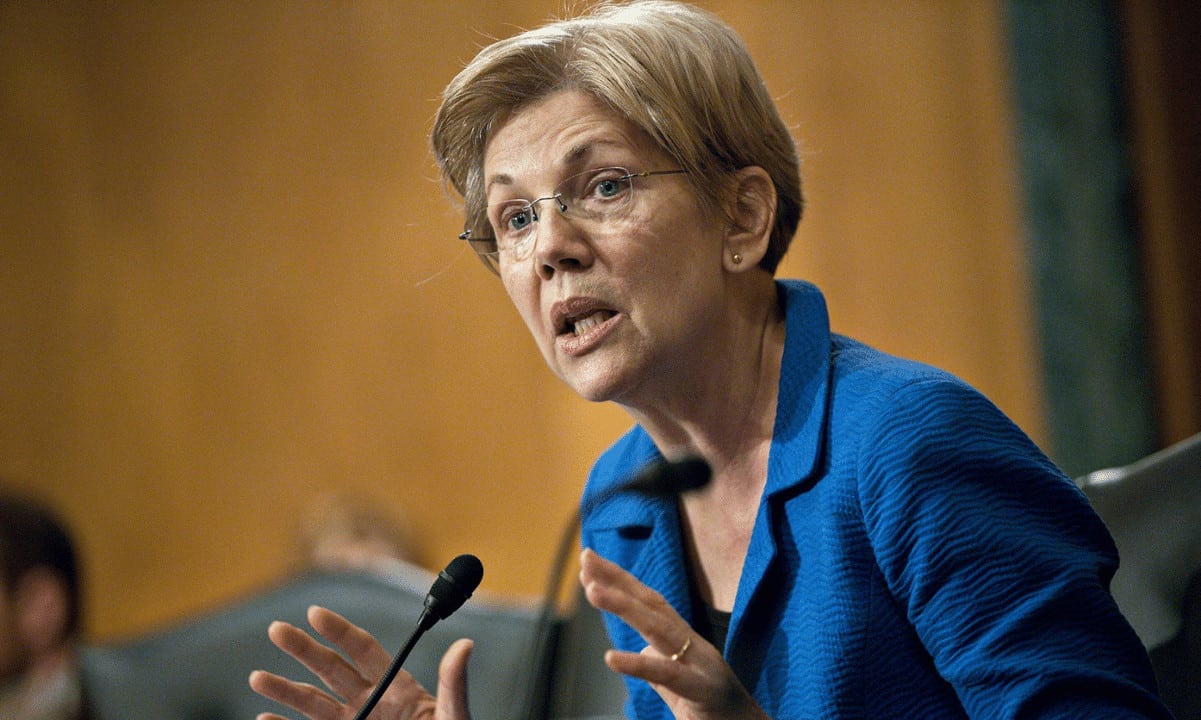Crypto is getting more normal, from the number of people who use it to the type of people who use it, according to a new report.
While Bitcoin (BTC) and crypto news have concentrated on politics and institutions as of late, showing governmental policy becoming more accepting and traditional finance avenues like ETFs being the tail that wags the “crypto dog,” a new report concentrates on the other side of the digital coin.
The National Crypto Alliance’s (NCA) “2025 State of Crypto” report released in May 2025 reveals that the face of crypto in America is no longer a hoodie-wearing tech bro or suit-clad Wall Street savant; it is a construction worker in Oklahoma, an artist in Chicago, a grandmother in Kansas and 55 million everyday Americans using crypto to shop, save and send money home. The Harris Poll conducted the survey, capturing the voices of 10,000 crypto owners from 54,000 surveyed adults.
The data reveals a surprisingly broad crypto adoption across age, gender, income and professional lines and challenges the idea that crypto ownership is the purview of the blockchain elite.
Crypto is the new normal
“Crypto is for everyone,” Ali Tager, executive director of the NCA, told Cointelegraph during an interview at Bitcoin 2025 in Las Vegas.
According to the report, one in five American adults, 21%, now owns at least some form of cryptocurrency. The implications for both the industry’s narrative and for policymakers are profound.
Tager said that most crypto adoption stories do not involve Lamborghinis and get-rich-quick schemes but are often about practical, often transformative uses. This data-driven portrait challenges stereotypes and reframes the crypto debate around financial inclusion, practical adoption and a demand for smarter regulation.
Many of America’s crypto holders are already integrating digital assets into their daily lives. Some 39% of crypto investors in the survey have used crypto to pay for goods and services. Of these crypto shoppers, 96% used it at least once per year, with 22% doing so weekly. And 31% reported sending crypto to family as an alternative to traditional remittance channels.
Recent: Has Bitcoin been captured by politics and institutions?
The most common motivation for entering crypto is investment, cited by 60% as their first driver. However, curiosity about blockchain itself (50%) and practical uses like online shopping (27%) also ranked high.
“Crypto is no longer just a novelty,” Tager said. “For many, it’s a better way to do what they’re already doing, whether that’s shopping, paying bills or sending money to loved ones.”
NCA report mostly lines up with previous industry analysis
Previous reports from Chainalysis, Messari and a16zcrypto support much of the NCA’s findings in its report, at least directionally. All reports agree that adoption is growing, but determining the exact statistical makeup is always a challenge.
The NCA’s 55 million owners, based on a Harris Poll of 54,000 adults, seems robust, but Harris’s online panels may overstate adoption, especially when a 2025 Messari report pegs global active users at 30 million-60 million, hinting at speculative inflation.
The NCA’s diverse owners, per Harris’s data, include a data set showing 31% of women own crypto. However, if the online survey were used, it could skew results toward tech-savvy groups, clashing with a late 2024 Chainalysis report showing 70% of US activity from elite transfers.
This is neither to suggest that adoption by women or non-elites is not growing nor to downplay the effort of polling 10,000 crypto holders across the US to get a better statistical base for analysis. It is only to suggest that repeatable surveys should be produced in order to solidify confidence in the findings of the NCA report.
Crypto adoption sees a demographic shift
The NCA’s report underscores that crypto ownership is far more diverse than often depicted. While 67% of holders are men, 31% are women, and nearly 17 million American women are engaged with digital assets. Age-wise, 67% of crypto owners are under 45, but almost 9 million are over 55, defying the narrative that crypto is purely a young person’s game.
“We heard from a cattle rancher in Kansas using blockchain to track beef provenance, a single mother in Texas learning to trade crypto to gain financial freedom. These are the stories that matter,” Tager said. “They’re not chasing Lamborghinis; they’re using crypto for real, often life-changing reasons.”
Recent: RWA token market grows 260% in 2025 as firms embrace regulating crypto
The NCA report emphasizes the purported potential for crypto to level the financial playing field. Some 45% of crypto holders saw digital assets as a force for financial inclusion and poverty reduction, while 38% cited their role in fostering technological innovation and sustainable economic practices.
Crypto concerns and challenges
Yet even as these numbers suggest a broad democratization of crypto, the report’s data also reveals a fundamental tension. 75% of crypto holders worry about scams and security, but only 3% report having personally experienced fraud.
Reports from Chainalysis on crypto crime detail that digital asset crimes surged in 2024 to an estimated $51.3 billion globally. At first glance, this may show a disparity, but diving deeper, we can see that crime volume is driven by large events like a single ransomware payout or a darknet market that transacts with millions of dollars at a time. Most crypto owners do not transact with these kinds of risky avenues, according to the NCA report, and 70% of holders hold less than $10,000 in crypto.
Meanwhile, a thirst for knowledge persists. 81% of crypto owners want to learn more about digital assets, from investment strategies to blockchain basics and tax implications.
As Tager noted, “There’s a real hunger for trusted information, not hype, not influencer endorsements. People want the facts about how to use crypto in their everyday lives.”
Demand for regulation and balance
Even as crypto spreads, Americans are calling for smarter, clearer rules of the road. The NCA report reveals that 64% of crypto holders support government regulation, and 73% believe it is critical for the United States to become a global leader in crypto. Yet 67% fear that heavy-handed regulations could stifle the very innovation that makes crypto so transformative.
Tager does not see these demands as contradictory. “Regulation, if done right, can legitimize crypto and protect consumers,” she argued. “It’s about balance, creating clarity and trust without strangling the promise of open financial systems.”
This is happening currently in Washington right now. US President Donald Trump’s second presidency starting in 2025 has been touted as a “turning point” in US crypto policy. Treasury Secretary Scott Bessent supports pro-crypo policy and bills.
Senators such as Cynthia Lummis have been proposing Bitcoin Strategic Reserve Bills in Congress, and the actions of the US government in general have been pointing to a favorable future for the crypto industry to grow on American soil. With that domestic growth from the industry comes the potential for greater acceptance by the customer base in America.
This sentiment echoes throughout the data. 44% of crypto owners see crypto as a way to enhance transparency and security in traditional financial systems, while another 44% cite its potential to boost transaction speed and efficiency.
It is a development Tager believes demands a broader rethink of crypto’s social mission. “We were surprised ourselves,” she admitted. “But it makes sense; crypto’s low barriers to entry make it accessible in places where traditional finance has failed. It is in these overlooked communities that crypto’s potential to democratize access to financial tools becomes real.”
Magazine: Older investors are risking everything for a crypto-funded retirement
crypto-ownership-is-getting-more-common















Leave a Reply